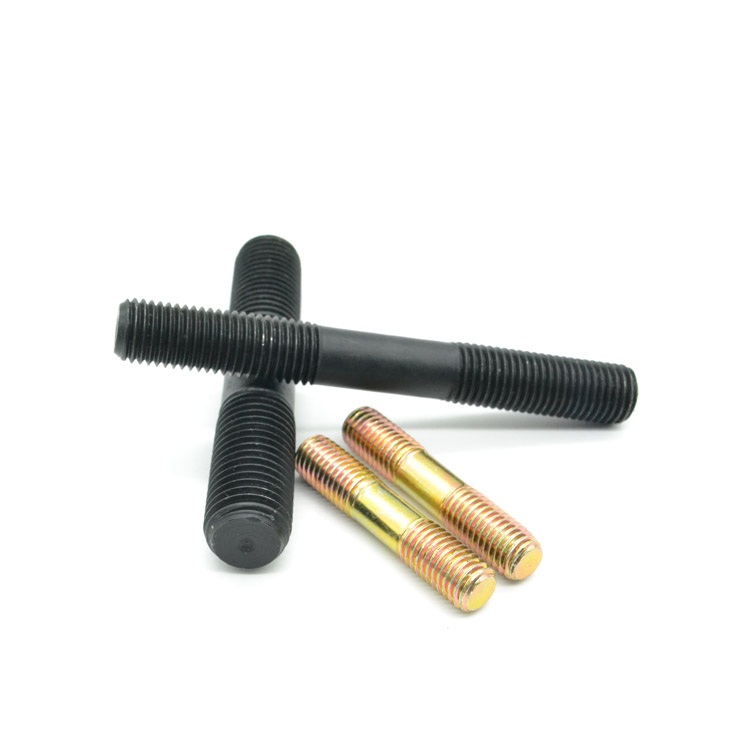Manufacturers of Stainless Steel Reducing Washers for Various Applications and Industries
Oct . 16, 2024 00:06 Back to list
Manufacturers of Stainless Steel Reducing Washers for Various Applications and Industries
Exploring the World of Stainless Steel Reducing Washers A Look into Factories and Manufacturing
Stainless steel reducing washers are essential components in various industrial applications, playing a pivotal role in enhancing the performance and longevity of machinery. To understand the significance of these components, it is crucial to delve into their manufacturing process, properties, and the factories that specialize in their production.
What are Stainless Steel Reducing Washers?
Stainless steel reducing washers are mechanical devices used to fill the space between two different diameters when connecting two components. They are highly valued for their ability to provide a stable and secure fit, as well as for their corrosion resistance, which is particularly crucial in environments exposed to moisture, chemicals, and extreme temperatures.
These washers come in various sizes and thicknesses, allowing for versatile applications across different sectors, including automotive, aerospace, construction, and plumbing. Their primary function is to distribute load and reduce vibration, thus enhancing the overall durability of mechanical assemblies.
The Importance of Factories in Production
The manufacturing of stainless steel reducing washers involves precision engineering and advanced manufacturing techniques. Factories specializing in these components play a critical role in ensuring that the products meet the high standards required by various industries. The production process typically includes several key stages
1. Material Selection Stainless steel alloys, such as 304 and 316, are commonly used due to their excellent corrosion resistance and mechanical properties. The choice of material is vital, as it directly affects the performance and lifespan of the washers.
2. Manufacturing Techniques Factories employ several manufacturing techniques, including stamping, machining, and laser cutting, to produce reducing washers. Stamping is particularly popular for mass production due to its efficiency, while machining allows for greater precision in creating custom sizes.
3. Quality Control Quality assurance is paramount in the production of stainless steel reducing washers. Reputable factories implement rigorous testing procedures to ensure that each batch meets industry standards. This includes measuring dimensions, checking for surface defects, and conducting tensile strength tests.
stainless steel reducing washers factories

4. Finishing Processes After the initial manufacturing steps, washers undergo finishing processes to enhance their appearance and performance. Techniques such as polishing, passivation, and coating can be applied to improve corrosion resistance and provide a smooth finish.
The Role of Technology in Manufacturing
Modern factories are increasingly adopting advanced technologies that streamline the manufacturing process, improve efficiency, and reduce waste. Automation and robotics allow for high-speed production while minimizing human error. Computer-Aided Design (CAD) software plays a crucial role in the design phase, enabling manufacturers to create precise specifications and prototypes before mass production.
Additionally, advanced inventory management systems help factories maintain optimal stock levels, ensuring that they can respond quickly to customer demands without overproducing. The integration of Industry 4.0 principles is transforming traditional manufacturing, and stainless steel reducing washer factories are at the forefront of this evolution.
The Global Market for Reducing Washers
The demand for stainless steel reducing washers is growing globally, driven by various industries that require high-quality components for their applications. As industries prioritize durability and reliability, the need for quality washers has never been more critical.
In regions such as North America, Europe, and Asia, many factories are focusing on expanding their production capabilities to meet increasing demand. Additionally, manufacturers are exploring sustainable practices, such as recycling stainless steel, to reduce environmental impact and respond to consumer preferences for eco-friendly options.
Conclusion
Stainless steel reducing washers may seem like small components, but they play an essential role in the functionality and efficiency of many industrial applications. The factories that produce these washers are vital to maintaining quality standards and advancing manufacturing processes. As technology continues to evolve, the capabilities of these factories will enhance, driving innovation and ensuring that industries can rely on high-performance components for their operations. In a world that increasingly values quality and sustainability, the future of stainless steel reducing washers looks bright, with factories positioned to meet the challenges and demands of tomorrow's markets.
Latest news
-
High-Quality Panel Stud Bolt Reliable Panel Stud Bolt Factory & Suppliers
NewsJul.08,2025
-
High-Precision Fine Thread Locknuts Manufacturer & Supplier Custom Solutions
NewsJul.08,2025
-
PH Imperial Stud Bolt – High Strength Fasteners from Leading Supplier & Factory
NewsJul.07,2025
-
High-Quality Allen Wrench Bolts Leading Factory, Company & Suppliers
NewsJul.07,2025
-
Wholesale Ball Stud Bolt - High Quality Supplier & Factory Price Reliable Wholesale Ball Stud Bolt Company
NewsJul.06,2025
-
High-Strength Alloy Bolts Manufacturer & Supplier Quality Alloy Fasteners Factory
NewsJul.06,2025
